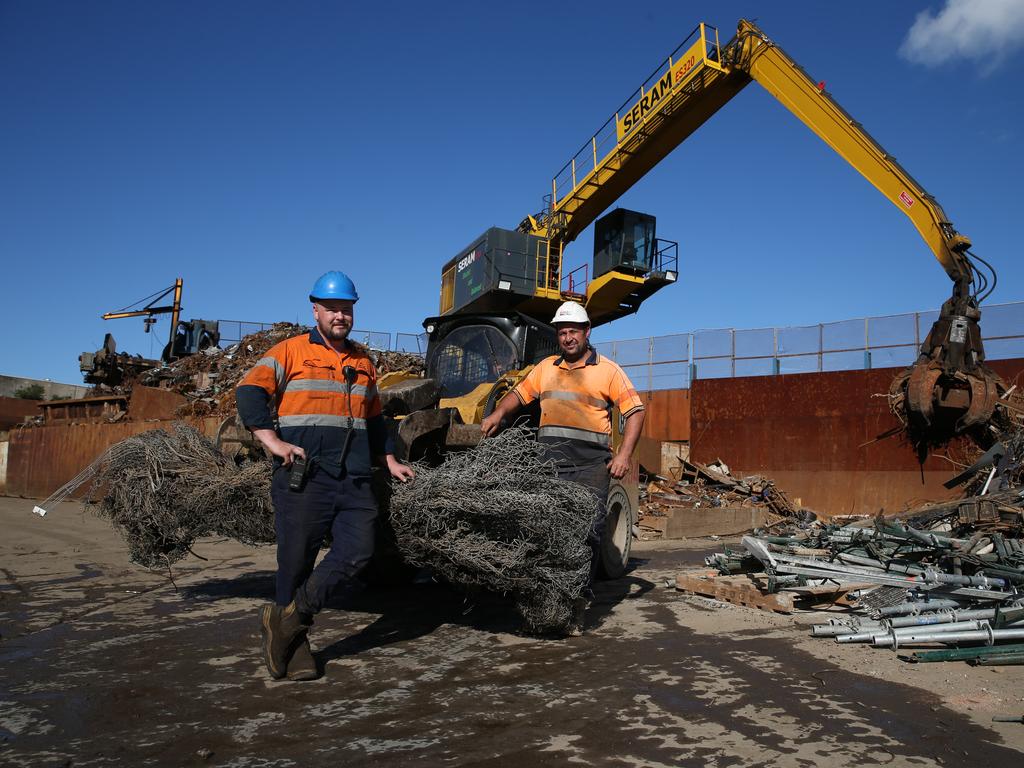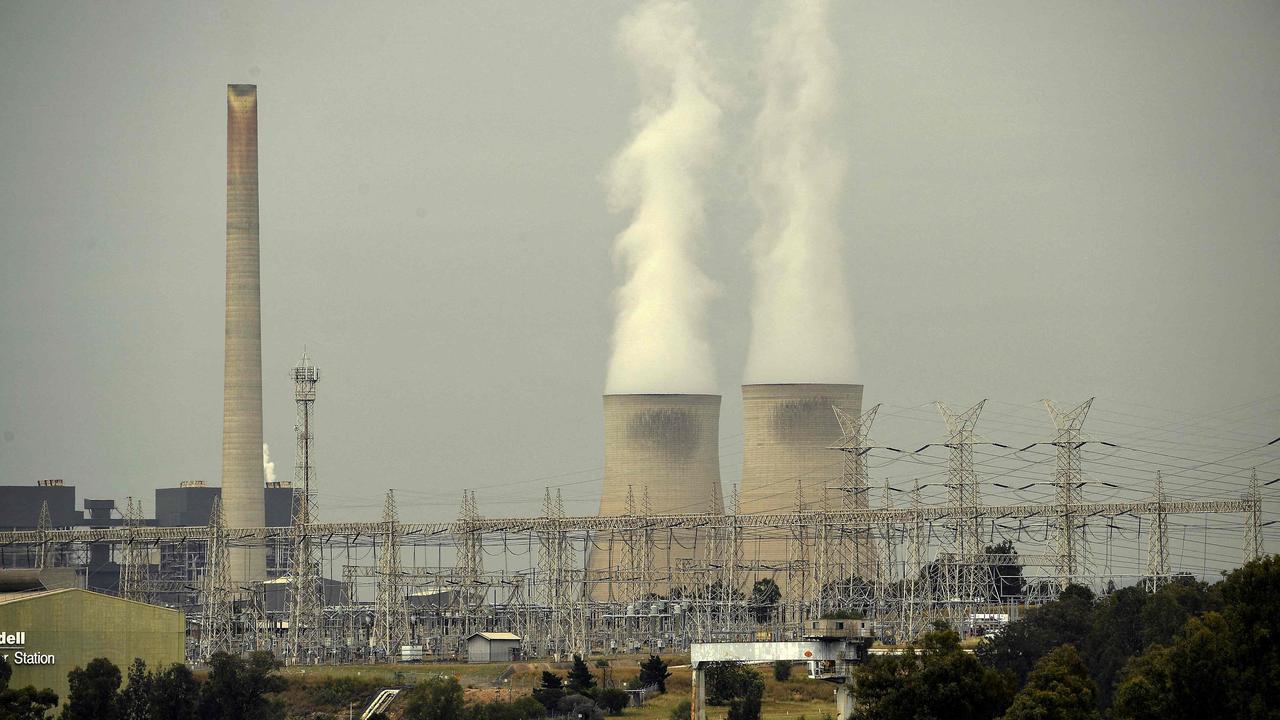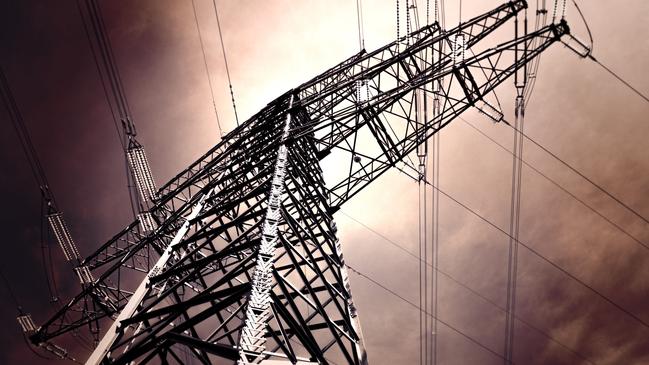
On the same day a green light was given for an eye-watering jump in default electricity prices across much of eastern Australia, a key major coal supplier became subject of a multi-billion dollar buyout approach from its Chinese parent.
Yancoal controls the old collection of Rio Tinto Coal & Allied mines based in the Hunter Valley and sells more than $600m worth of thermal coal to Australian power generators. China’s Yanzhou coal is mulling a $2.5bn buyout of the 37 per cent stake it does not own. This time a year ago the same stake was worth $950m, two years ago it was worth even less, giving some indication as to how distorted energy markets have become.
Moving on Yancoal at these prices shows its parent is betting that coal prices are going to be higher for longer. In a changing landscape in Canberra, it also suggests it is prepared to pay up big for the certainty of long-term coal supply.
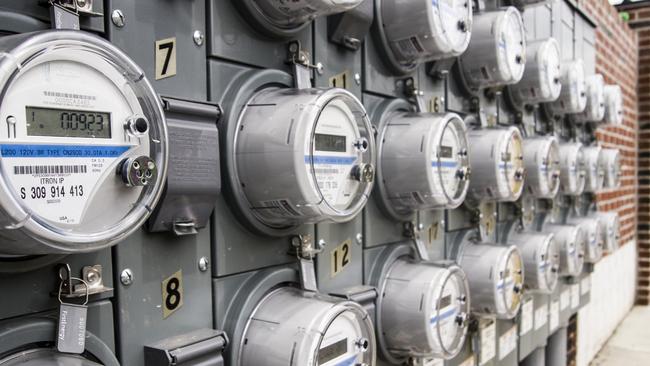
Given tough regulatory limits on how electricity prices are determined Australia has only made the first few steps in starting to catch up to the rest of the world. And consumers and businesses should brace for more steep rises to come.
Forget everything that was promised through the election campaign about power prices. Electricity was already on the way up. Wholesale prices rose by 141 per cent in the first three months of 2022, averaging $87 per megawatt hour. Painful, but spare a thought for Europe where Australian dollar equivalent average price for the past month see UK prices at $206 per megawatt hour, Germany is averaging $286MWh and France with its nuclear fleet averaged $306MWh.
Electricity futures which remain a proxy for forward pricing in Australia are getting closer to global levels. NSW baseload futures trading below $60MWh in October are now priced at $271MWh. Victoria, which is more dependent on gas, has seen prices rise from $50MWh to $218.
These will be passed on to big business customers and in turn consumers will feel it more widely.
Outside of direct intervention – which will be unwelcome for the broader health of electricity markets – there will be little that the new Albanese government can do in the near term.
And with household electricity bills feeding into a reasonable slice of the quarterly consumer price index readings, the pass-through will also translate into bill shock for the nation’s inflation rate.
June quarter inflation is likely to be the most telling with the pace of inflation expected to push higher than the March quarter’s annualised rate of 5.1 per cent.
The collision of renewables with fossil fuel power generation has been unfolding over years, putting Australia’s electricity market on an ever shorter runway when it comes to planning around unforeseen events and outages.
Perfect storm
It has been the perfect storm of global events that is now hitting consumers. Global coal and gas supplier Russia timed its invasion of Ukraine as the world was short of the key energy inputs to feed rapidly growing economies.
Bans on Russian exports have pushed up Australian coal export prices and set Europe on a mad scramble to secure gas. This means that every tonne of coal or petajoule of gas being burnt by Australian power generators is reflecting the global price of the inputs and that cost is being passed on to end users.
Add into that the unplanned outages of AGL’s Loy Yang plant in Victoria and recent flooding which has tightened an already tight market, creating a recipe for pain for Australian consumers.
The bad news is that gas is shaping up as the next in line to push up gains already underway.
The determination of the Australian Energy Regulator will allow retailer cap price rises of up to 18 per cent for the basic standing offer for NSW households, 12.6 per cent for Queensland and 9.5 per cent for South Australia. This comes on the heels of Victoria increasing its default power prices by 5 per cent on average from July 1.
The AER cited a cocktail of pressures from unplanned outages and higher coal and gas costs and increasing use of “peak” demand driving up the cost of hedging for retailers. It also called out the slowing of investment in new power generation capacity, the result of Australia’s policy confusion. All this was compounded by the war in Ukraine.
Retailers which buy power under contract from generators are warning of financial risk given they are wedged between retail price caps and surging wholesale prices. The retailers that have been operating sophisticated price hedging books will be in a better position to navigate the pain. It is very likely smaller retailers will exit the market.
Bigger players such as Energy Australia, Origin and AGL that control their own power plants will be in a slightly better position, but still are facing a squeeze given their contracts for coal and gas are starting to roll off.
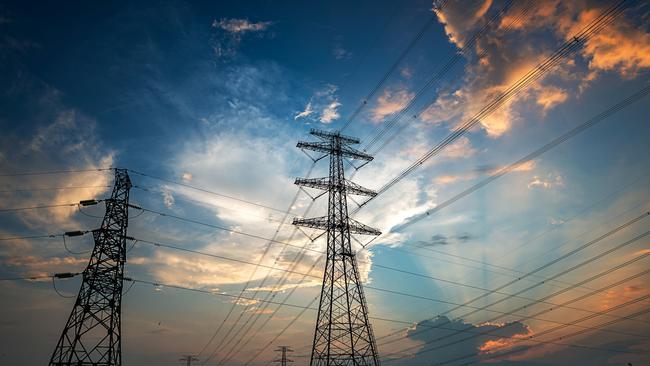
A big risk for the industry is what happens to the nation’s gas market. Gas prices in Australia seasonally peak during winter and summer. With gas a key input into the peaking power stations that fill the gaps when demand is rising fast will have a price impact.
Fallout from this week’s collapse of a gas retailer Weston Energy is only now being felt in wholesale markets with AGL seeking to step into the market offering gas at $44 per gigajoule. The spot price on the market was Thursday traded at $33/GJ. For most of March it barely moved above $10/GJ.
Retailers and generators forced to wade into the spot market are paying well above contract but there is little gas to offer around in a tight market. As one energy retailer said yesterday “everyone’s book is fully contracted”.
‘Certainty needed’
Duncan Permezel, who oversees one of the biggest energy trading books in Australia as the general manager of sales and marketing at Origin Energy, said on Thursday: “Significant increases in the wholesale cost of energy, which are being driven by many factors including power plant outages and a global spike in coal and gas costs, are placing significant pressure on energy retailers across the country.”
He said the balance was in trying to pass on costs while supplying an essential service as cost of living pressures are being felt more broadly.
The one thing where the Albanese government can start changing the dial is to provide certainty.
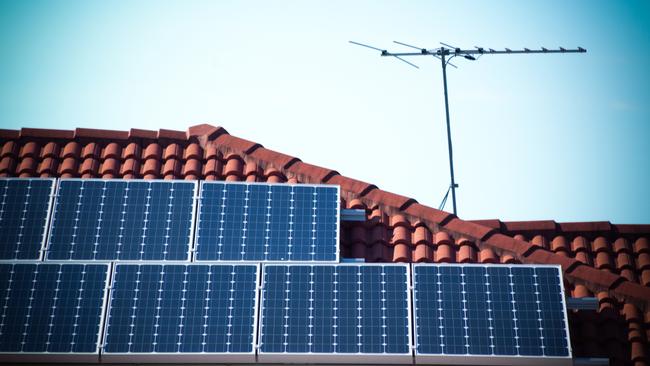
Potential investors of big renewable energy projects and current investors that are committed to coal-fired power plants need certainly on the policy position.
Gas investors doing the sums on projects where the pay-off may not be years away need to know what the future energy playing field looks like.
With the mandate of last weekend’s climate-focused election another change is the landscape is coming. Let’s hope it is the last for now.
johnstone@theaustralian.com.au



